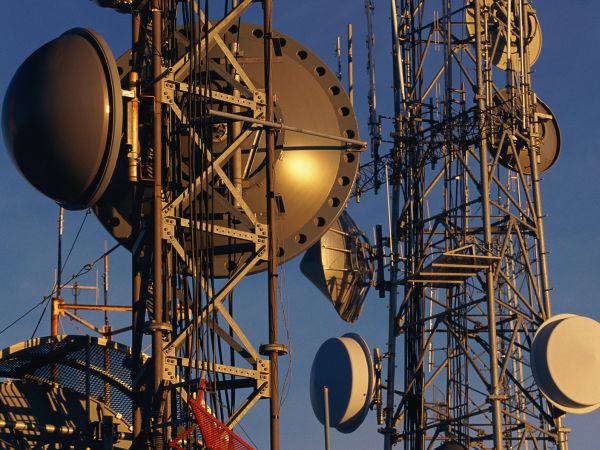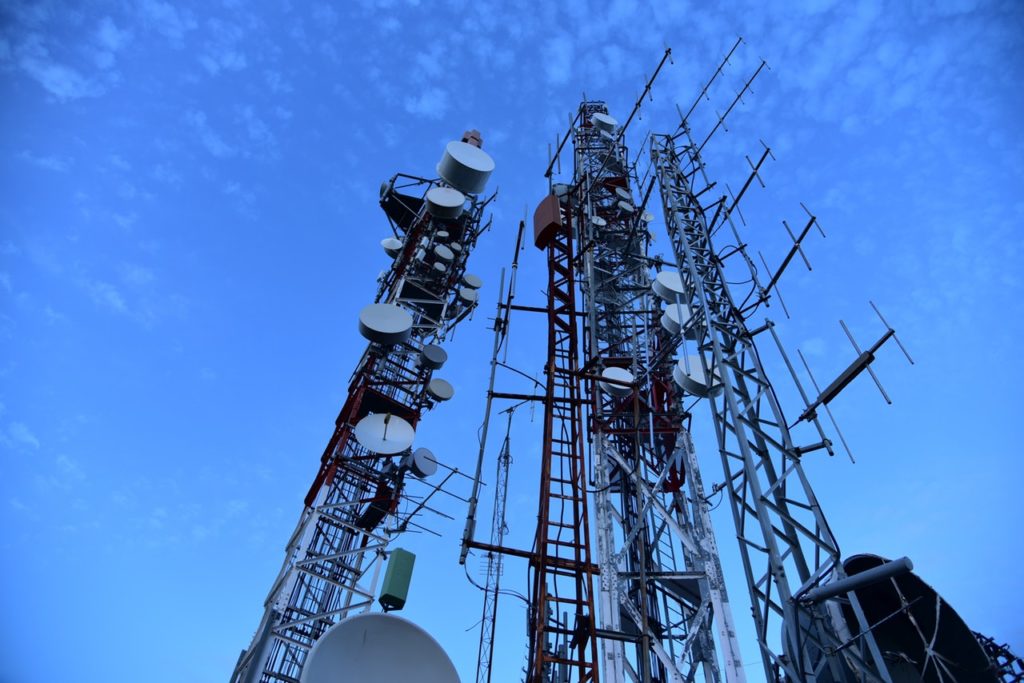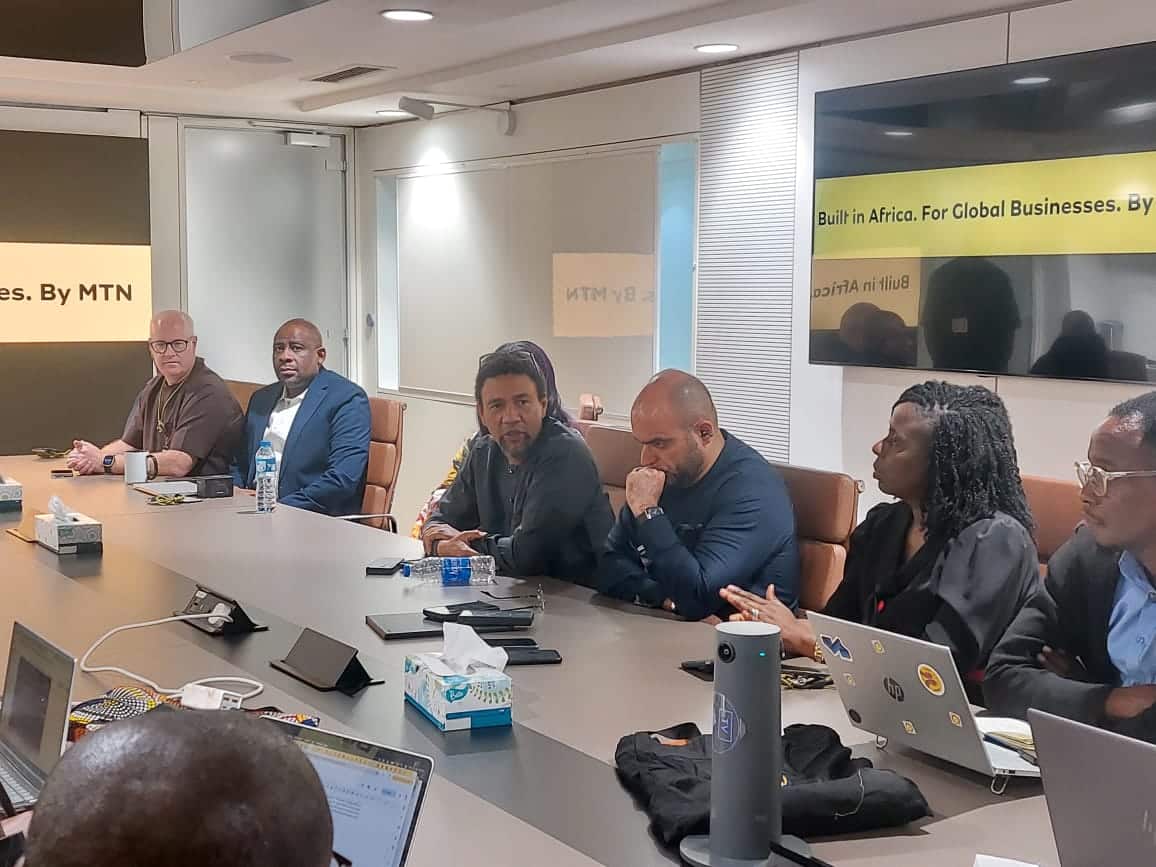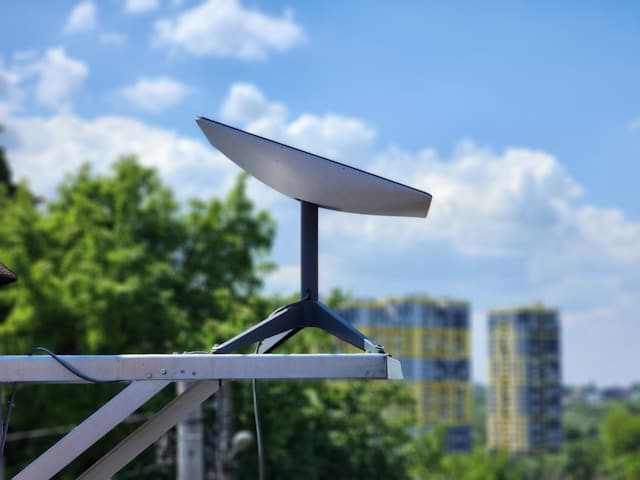In recent years, South Africa has made the most progress among African countries regarding the 5G technology.
But it appears South Africa’s 5G network might be in trouble. But before that, here’s the backstory.
In March 2020, the deadly coronavirus brought the world to a standstill as it swept through cities. Countries were on lockdown, schools were closed, and more people worked from home.
The ripple effects of the lockdown — Zoom meetings, online classes, virtual parties — meant that more people were using the Internet than usual. In South Africa, for instance, telcos saw a massive jump in Internet traffic.
Three weeks into the five-week lockdown imposed by the government, Vodacom, South Africa’s biggest telco, reported that Internet traffic on its network had seen a 40% jump; MTN South Africa saw a 30% jump.
In June 2021, Teraco, which operates NAPAfrica, Africa’s largest Internet Exchange Point (IXP), revealed that it had seen a 47% increase in data traffic since the onset of the pandemic.
South Africa’s telcos, like most around the world, were under severe strain. A challenge made even worse by the fact that the country has not held a spectrum auction in over a decade.
For context, spectrum refers to the invisible audio frequencies that wireless signals travel over. It enables you to call an Uber, send a message on WhatsApp, and connect to the radio. Basically, anything that enables you to take full advantage of your smartphone.
What helped?

In April 2020, the Independent Communications Authority of South Africa (ICASA) gave access to the high demand spectrums, with one being 5G friendly — on the 0.7 GHz, 0.8 GHz, 2.3 GHz, 2.6 GHz, and 3.5 GHz bands — due to the increased demand for ICT services during the COVID-19 pandemic.
South Africa’s President, Cyril Ramaphosa, had declared a national state of disaster and this temporary allocation was to last till November 30, 2020.
Telcos so welcomed this development that South Africa’s biggest telecommunication companies — Vodacom and MTN — launched the 5G network within months of each other.
It also helped telcos take on the strain caused by increased Internet traffic and provide cheaper data rates while allowing free access to health and education websites and free mobile money transactions.
South Africa’s 5G network
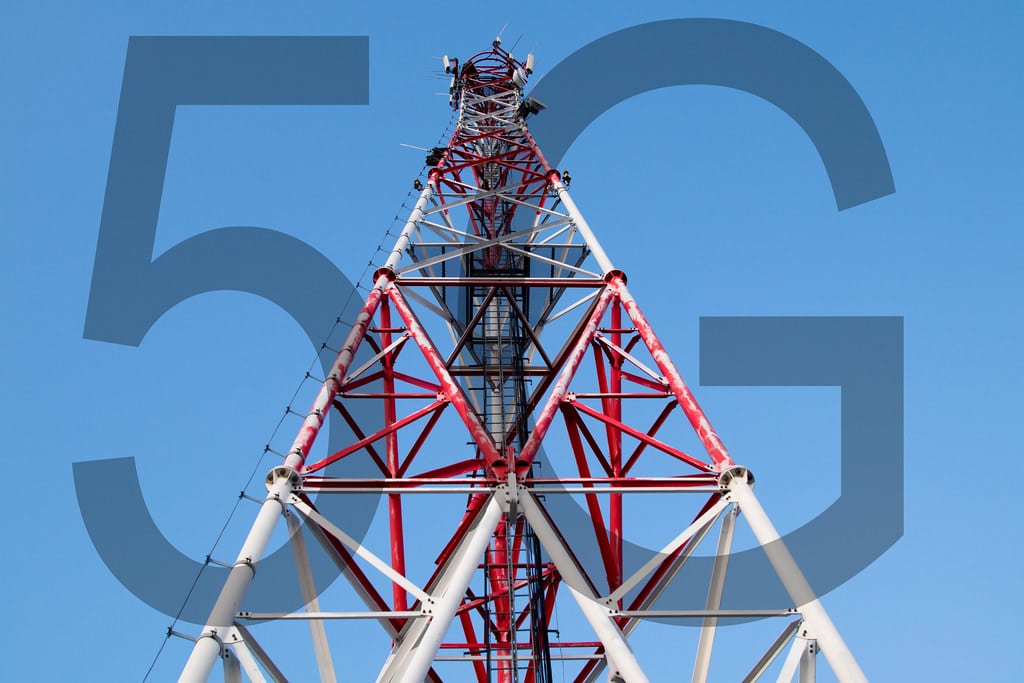
Three companies currently provide 5G services in South Africa: Rain, Vodacom, and MTN.
In September 2019, Rain, South Africa’s data-only mobile operator, launched the country’s first commercial 5G network in parts of Johannesburg and Tshwane.
Vodacom launched its commercial 5G network in Johannesburg, Cape Town, and Pretoria in May 2020.
And in June 2020, MTN launched the 5G technology in 100 sites across Johannesburg, Cape Town, Bloemfontein, and Port Elizabeth.
A common underlying thread is that they all use the 3.5 GHz frequency.
According to the GSM Association (GSMA), most commercial 5G networks rely on spectrum in the 3.5 GHz range (3.5 GHz-4.2 GHz). This is because it has been touted as the most suitable and appropriate frequency for deploying the 5G technology.
Before the temporary allocation, Vodacom and MTN did not have access to that frequency. Rain could only do so because it acquired Wireless Business Solution (WBS), which had access to the 3.6 GHz spectrum.
Both Vodacom and MTN agree that ICASA’s decision to temporarily allocate telcos spectrum helped to fast track the launch of 5G in South Africa.
Fifty-eight of MTN’s sites were deployed using the 3.5 GHz band. Some others use the temporary 0.7 GHz frequency.
Interestingly, both telcos already had roaming agreements to allow them to access the 3.5 GHz band to deploy the 5G network.
Vodacom had partnered with Zimbabwe-based telco, Liquid Telecom, which has access to the 3.5 GHz spectrum. MTN has the same agreement with Rain.
A fork in the 5G road

On Monday, August 30, 2021, the Independent Communications Authority of South Africa (ICASA) informed telcos that its emergency spectrum would no longer be available for use.
Consequently, licensees have been given a three month grace period — August 31 to November 31, 2021 — to wind down their use of the temporary radio frequency spectrum.
In its statement, ICASA says that in reaching this decision, it has “inter alia (among others) taken account of the current environment in relation to the number of infections, the gradual reopening of the economy and the steady progress in the vaccination program.”
As ICASA told Techpoint Africa, “The temporarily assigned spectrum has been in the hands of operators for a period of seventeen (17) months since April 2020, it is reasonable that they be allowed a further three months until 30 November 2021 as a sufficient winding down period.
“It has always been a known fact that the assigned temporary radio frequency spectrum would expire at some point.”
ICASA believes it is time to focus its energy on the permanent licensing of spectrum — a decade-long problem that has plagued South Africa’s telecommunications landscape.
When MTN launched its 5G services, Godfrey Motsa, MTN South Africa’s CEO, believed strongly that a permanent spectrum auction would have been done by November 2020. Fifteen months, several lawsuits, and ongoing settlement discussions later, it is still not certain when an auction will occur.
To put all of this in context, as of 2019, Vodacom was believed to be South Africa’s biggest telco with the most customers, closely followed by MTN, Cell C, Rain, and partially state-owned Telkom.
But what’s the story behind the spectrum battle?
A decade-long spectrum wait

South Africa last issued spectrum — 2.1 GHz — in 2011 to Cell C. Before then, the last significant spectrum allocation — 1.8 GHz and 2.1 GHz — was made to Vodacom and MTN in 2004 and 2005, respectively, to roll out the 3G network.
But these frequencies are uneconomical for 3G, 4G, LTE, and 5G coverage in sparsely populated areas. Using these spectra would mean more mobile infrastructure leading to an increase in data costs.
However, the problem with spectrum allocation dates back to South Africa missing its 2011 deadline to migrate analogue TV signals to frequencies below 0.8 GHz, freeing up room for much-needed spectrum.
South Africa has not completed the switch, and ICASA tried to conduct a spectrum auction in 2017, 2019, 2020, and 2021.
In January 2021, MTN sued ICASA, challenging the Authority’s decision to leave the telco out of the proposed March 2021 spectrum auctions.
As part of the auction guidelines, Tier 1 companies — telcos with more than 45% market share capital — could not participate in the bid. By doing this, ICASA had effectively pushed MTN and Vodacom out of the race to get the spectrum.
In March 2021, auction plans received a further blow after South Africa’s High Court ordered ICASA to halt all auction processes, pending the hearing of objections raised by Telkom and national broadcaster, e.tv.
Their demands included ordering ICASA to first complete the migration of broadcasting services to digital from analogue by June 30, 2021, to ensure certain radio frequency bands used by broadcasters were fully available for use by mobile operators wishing to acquire them.
A demand which experts believe might not be met until 2023.
However, in June 2021, ICASA revealed that it was nearing a settlement breakthrough on the issue and told Techpoint Africa that the auction would hold “as soon as settlement discussions have been completed between ICASA and litigants.”
So what happens next?

In the three months until November 31, 2021, we are left with several questions. What kind of settlement would ICASA reach with litigants? Would the spectrum auction be held this year? Is there a possibility we could see an extension? What options do telcos have? What happens to data costs?
As to the first question, considering the grievances of the litigants, we might see a move to migrate analogue TV signals fully.
Would MTN and Vodacom be allowed to bid in the spectrum auction? That depends on the outcome of settlement discussions.
What can telcos do? Vodacom and MTN can fall back on their roaming agreements with Liquid Telecom and Rain, respectively. However, this does not solve the problem of network congestion, and we might see what Jacqui O’Sullivan, Executive: Corporate Affairs, MTN South Africa terms “digital load shedding.”
By this, she means some South Africans would very likely experience network downtime or reduction in download speeds as the system works to balance the load it would have to carry without the aid of the emergency spectrum.
We might also see increased data costs, except by some sleight of hand the spectrum auction holds before November 2021.
However, ICASA told Techpoint that “South Africans have always had access to communications services. The temporarily assigned spectrum was meant to assist operators with additional capacity to meet consumer demand during the peak of the COVID-19 pandemic in the past 17 months.
“Therefore, the return of the temporarily assigned spectrum does not mean operators must neglect their licence obligations in relation to maintenance of the network and related licence conditions.”
As of press time, ICASA had not responded to our questions regarding support to be given to telcos in the event of a digital load shedding.
Till then, Techpoint will keep a close eye on this developing story.

